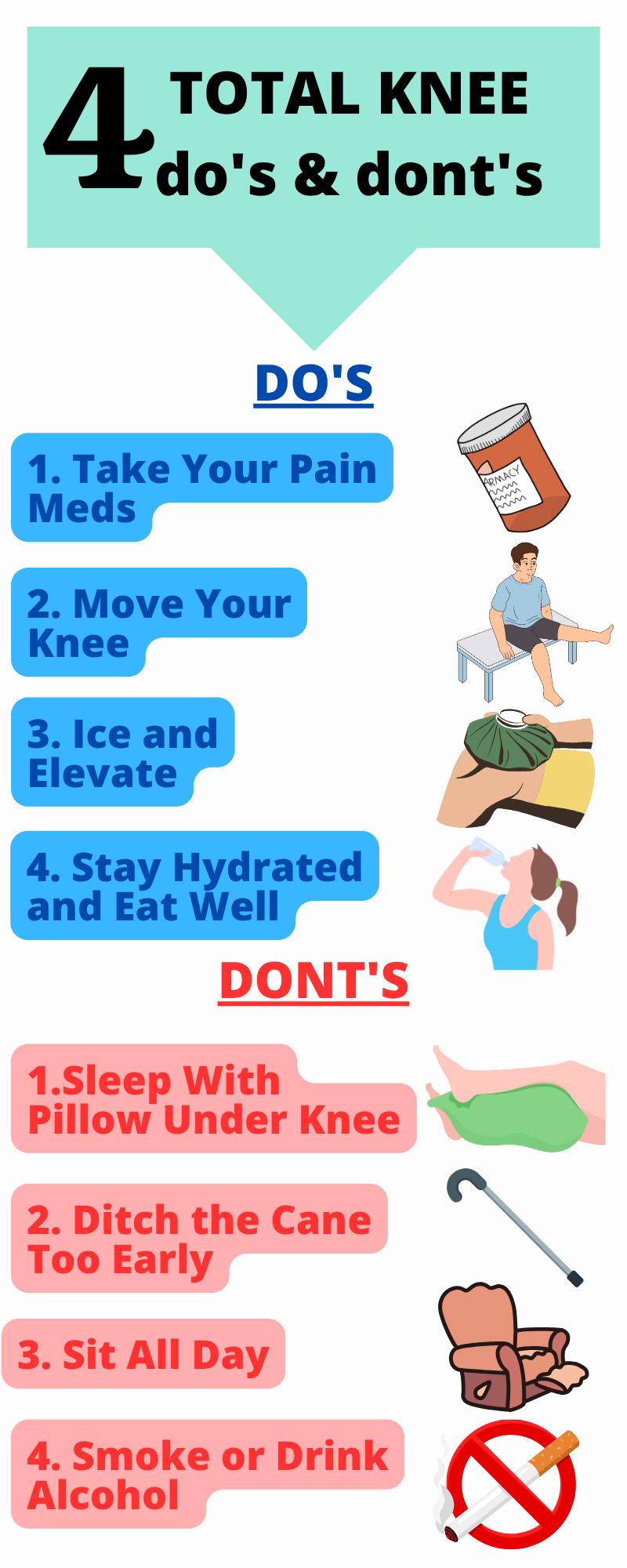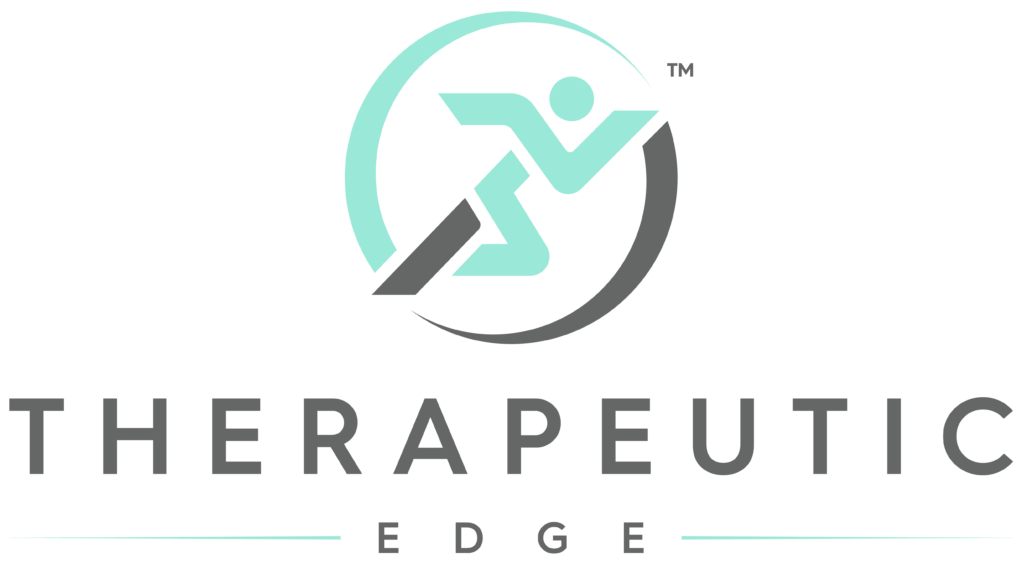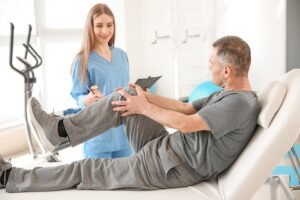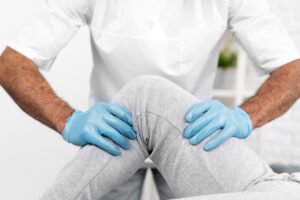Recovering from a total knee replacement is a journey that requires patience, discipline, and the right strategies. While it might feel overwhelming at times, following a clear set of guidelines can significantly improve your recovery experience and help you regain mobility faster. Let’s explore the essential do’s and don’ts to keep your rehab on track.
Why Following a Recovery Plan Matters
Recovering from knee replacement surgery is like training for a marathon—it takes commitment and consistency. A well-structured recovery plan not only ensures the success of your surgery but also reduces the risk of complications like stiffness, infection, or blood clots.
Here’s your guide to making the most of your recovery:
The Do’s: Keys to a Smooth Recovery
1. Take Your Pain Medication
Pain management is crucial in the early stages of recovery. Properly managing pain:
-
Allows you to participate fully in rehab exercises.
-
Prevents setbacks caused by discomfort.
Tip: Set reminders for medication schedules to ensure consistent relief, and consult your doctor if adjustments are needed.
2. Move Your Knee
Movement is essential for preventing stiffness and promoting healing. Stick to your physical therapy plan, which will include exercises to:
-
Strengthen surrounding muscles.
-
Improve range of motion.
-
Reduce swelling.
Analogy: Think of your knee as a door hinge—you need to keep it moving gently to prevent it from rusting or locking up.
3. Ice and Elevate Your Leg
Swelling is a common post-surgery issue. Regularly applying ice and keeping your leg elevated can:
-
Reduce inflammation.
-
Alleviate discomfort.
-
Speed up recovery.
Tip: Aim for 20-minute icing sessions every couple of hours during the day.
4. Stay Hydrated and Eat Well
A nutrient-rich diet supports tissue repair and reduces inflammation. Focus on:
-
Protein: For muscle repair.
-
Omega-3 Fatty Acids: Found in fish and nuts, these help reduce inflammation.
-
Antioxidants: Fruits and vegetables support immune function and recovery.
Example: Include meals like grilled salmon with a side of spinach and quinoa for a balanced recovery-friendly diet.
The Don’ts: Avoid These Recovery Pitfalls
1. Don’t Sleep with a Pillow Only Under Your Knee
While it might seem comfortable, this habit can cause your knee to stiffen in a bent position. Instead:
-
Keep your leg straight or follow your doctor’s specific advice.
-
Use a wedge pillow that supports your entire leg if elevation is necessary.
2. Don’t Ditch Assistive Devices Too Early
Walkers, crutches, and canes aren’t just for comfort—they prevent undue stress on your knee during the critical early healing phase. Prematurely abandoning these aids can:
-
Increase your risk of falling.
-
Delay proper healing.
Tip: Gradually transition away from assistive devices under your therapist’s guidance.
3. Don’t Sit All Day
Prolonged sitting can:
-
Cause swelling in the legs.
-
Increase stiffness in the knee joint.
Solution: Set a timer to stand and do light stretches or short walks every hour.
4. Don’t Smoke or Drink Alcohol
Smoking and excessive alcohol consumption slow healing by:
-
Reducing blood flow to the surgical site.
-
Increasing the risk of infection and delayed tissue repair.
Actionable Advice: If you smoke, consider seeking support to quit, as this will significantly enhance your recovery.
Therapeutic Edge
Recovering from knee replacement surgery requires a balance of effort and rest. Consistently following the do’s while avoiding the don’ts can dramatically improve your recovery trajectory. If you hit roadblocks—like pain that doesn’t subside or difficulty with exercises—don’t hesitate to reach out to your healthcare team. Remember, every step counts—even the small ones! Stay patient, stay committed, and trust the process. Your new knee will thank you!










